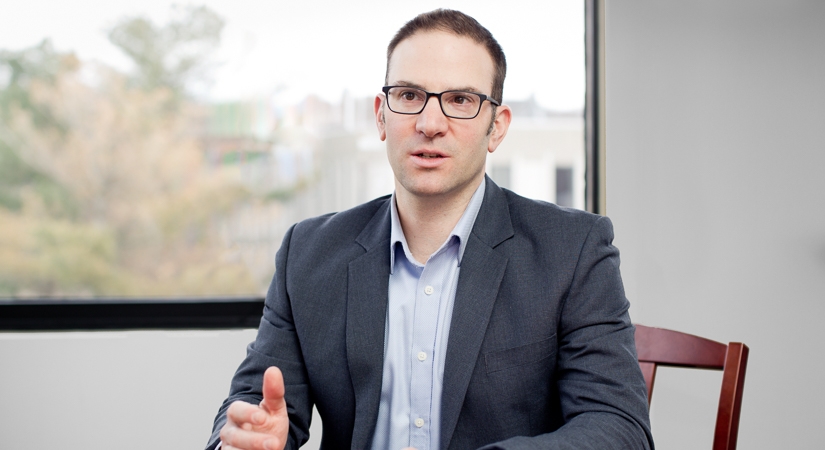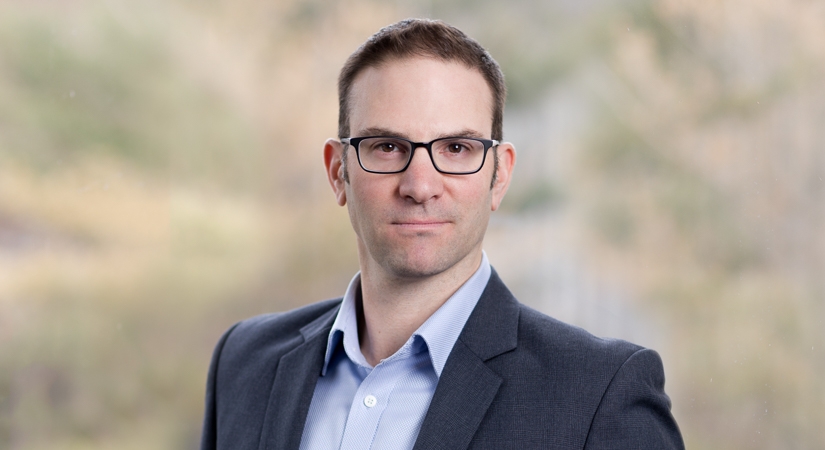Seventh Circuit Rejects CERCLA Claims Filed Nineteen Years After Settlement
In the latest in a line of decisions examining the distinctions between Section 107 and Section 113 claims under the Comprehensive Environmental Response, Compensation, and Liability Act (CERCLA), the Seventh Circuit Court of Appeals affirmed in Refined Metals Corp. v. NL Industries, Inc., No. 18-3235, a lower court finding that the plaintiff in a cost recovery action brought under CERCLA waited too long to file a claim against another potentially responsible party (PRP).
The opinion, released on August 22, reinforced that if a PRP has a contribution claim under Section 113, the PRP cannot pursue a more plaintiff-friendly Section 107 cost recovery claim. Section 113 claims are triggered by a “qualifying lawsuit” under CERCLA Section 106 or Section 107(a) and when a “person … resolve[s] its liability to the United States or a State for some or all of a response action or for some or all of the costs of such action in an administrative or judicially approved settlement.” CERCLA Section 113(f)(1) and (3)(B).
The claims at issue in this case were motivated by costs incurred by Refined Metals at a contaminated lead smelter site that Refined Metals acquired from NL Industries in 1980. In 1998, Refined Metals entered into a settlement agreement with EPA and the Indiana Department of Environmental Management. The settlement required the site to be closed, payment of a $210,000 fine, and remediation of the contamination. EPA and the state environmental agency agreed to covenants not to sue under various environmental laws. The covenants not to sue took effect immediately, though neither agency agreed that they would forego claims under CERCLA. Nineteen years later, in 2017, Refined Metals filed litigation against NL Industries.
The Court concluded forcefully that Refined Metals had a Section 113 claim for contribution, which was subject to a three-year statute of limitations that expired in 2001.
In reaching this conclusion, the Court made several key determinations:
- The absence of an admission of liability in the underlying settlement does not prevent a settlement from resolving liability. Rather, “the immediately effective covenant not to sue was the dispositive point.”
- The settlement “need not resolve CERCLA-specific liability in order to start the clock on a contribution action.” Nor does the settlement need to resolve “all” of a PRP’s liability for response actions or response costs. The Court reasoned that an alternative application of the Section 113 settlement trigger would permit PRPs to “drag out the process” to a degree that would undermine the statute of limitations. The Court also dismissed concerns that a short limitations period would require PRPs to “initiate a contribution action before the full scope of … liability became certain,” noting that CERCLA’s declaratory judgment mechanism would “help mitigate such ex ante uncertainty.”
- A settling PRP cannot avoid the contribution action requirement even if it does not “share liability” with the other PRPs for the claims that are resolved explicitly by the underlying settlement. According to the Court, either NL Industries “has some liability for these cleanup costs or it does not. It is beside the point that ‘the 1998 RCRA Consent Decree neither finds nor addresses any liability’” of NL Industries.
The Refined Metals opinion builds on the Supreme Court’s decisions in Cooper Industries, Inc. v. Aviall Services, Inc., 43 U.S. 157 (2004), and United States v. Atlantic Research Corp., 551 U.S. 128 (2007), as well as prior decisions in the Seventh Circuit, which have sought to clarify whether a claim arises under CERCLA Section 107 for cost recovery or Section 113 for contribution.
The opinion also underscores the challenges faced by PRPs in evaluating what claims to file, and when, in order to recover response costs from other parties. Over-reliance on Section 107 claims may be a risky litigation strategy. In addition, parties that have incurred costs pursuant to a settlement that could be characterized as CERCLA response costs should consider early on whether they have CERCLA claims that could be cut off by the shorter limitations period under Section 113.
Beveridge & Diamond’s Superfund, Site Remediation, and Natural Resources Damages practice group assists clients in litigation and allocation of CERCLA sites, including complex, large-scale sites. We counsel clients on developing case law and requirements under CERCLA and state-equivalent hazardous waste laws. For more information, please contact the authors.











